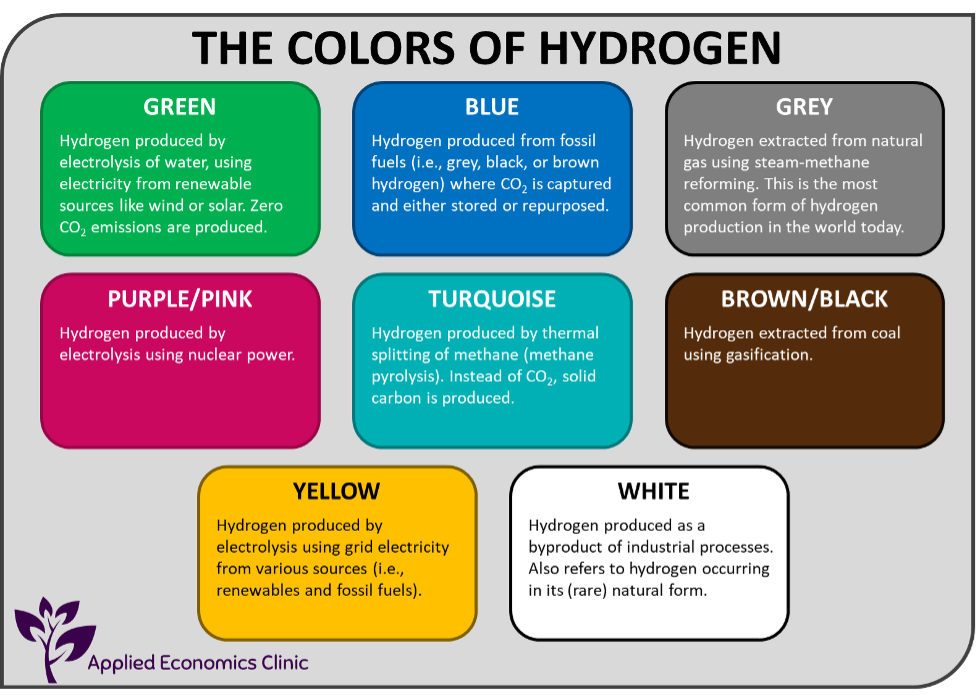PJM’s capacity market results in higher-than-necessary electric bills for consumers as a result of two problems: (1) high clearing prices, and (2) over-procurement of capacity. When high clearing prices appear in a capacity market, they are a reflection of overestimating customer demand and generator costs—which ultimately get passed on to utility customers. As discussed in our recent report on PJM’s capacity market, over-procurement occurs when the grid operator overestimates its peak demand and cost of new generation (or “net CONE”), resulting in avoidable spending on additional capacity payments and generator investments and, as a result, extra costs charged to customers.
In the past year, PJM capacity market rules have experienced significant changes affecting customer bills. For instance, the latest revision to the PJM’s Minimum Offer Price Rule (MOPR) in September 2021 changes how the floor price that generators receive for capacity is determined for various resource types, which also impacts the price of electricity on customer bills. The most recent change came on January 20, 2022 when the Federal Energy Regulatory Commission (FERC) ordered PJM to halt the use of an adder used to raise generators’ expected costs in its 2023/24 capacity auction. According to FERC Commissioner Richard Glick, methods to maximize prices in PJM’s capacity market conflict with FERC’s regulatory mission:
“Sometimes I felt like we were just making stuff up in order just to increase prices...It's important that we go back to basics and figure out what is truly just and reasonable and not focus extensively on bolstering uneconomic generation.”
FERC’s January 20th order targets the 10 percent adder used in calculating generators’ fuel cost risks; without the adder, capacity charges on customer bills should be lower. Estimated fuel cost risks are used in PJM’s methodology for calculating the cost of new generators (called “net CONE”) and impact the price generators receive in the capacity market. The 10 percent adder raises costs to consumers by: (1) increasing generator bids which, in turn, increases the clearing price, and (2) inflating the demand curve (due to a higher net CONE) which results in increases to both the clearing price and cleared amount—all of which gets passed on to consumers as higher electric bills.
What concerns remain after these substantial changes? For the issue of high costs to consumers, FERC’s order removing the adder should have the effect of lower capacity charges on customer bills, but it’s complicated. As long as PJM overestimates demand in constructing its capacity market, over-procurement of capacity will persist. “Fat market” conditions due to over-procurement allow power plants to remain online (as well as new ones to be built) despite being uneconomic and not needed to provide reliable electric service for meeting peak customer demand. The impacts of over-procurement could be resolved by PJM reconsidering its methodology for estimating future demand and by implementing changes in market design to address the concerns of communities in close proximity to power plants. Actions, such as FERC’s January 20th order, act to lower PJM customer bills, but there is still more that needs to be done to eliminate flaws in PJM’s capacity market design that have kept uneconomic, unnecessary generating capacity online across the PJM region.
Sagal Alisalad
Assistant Researcher
Joshua Castigliego
Researcher
This is a part of the AEC Blog series







